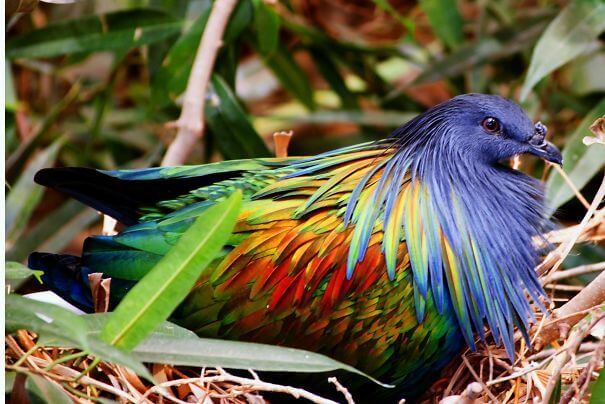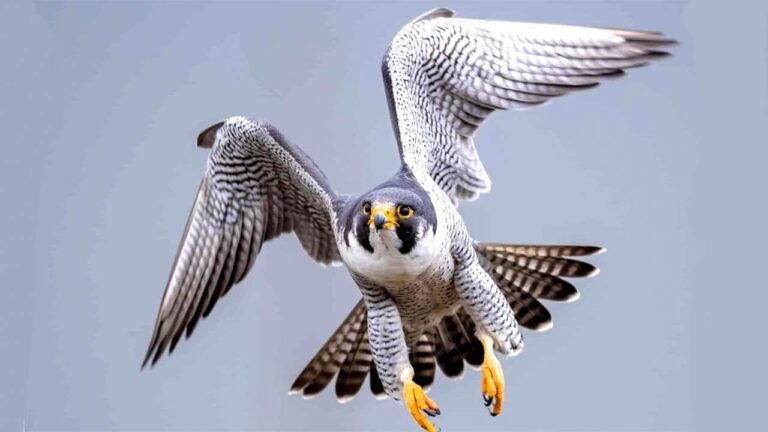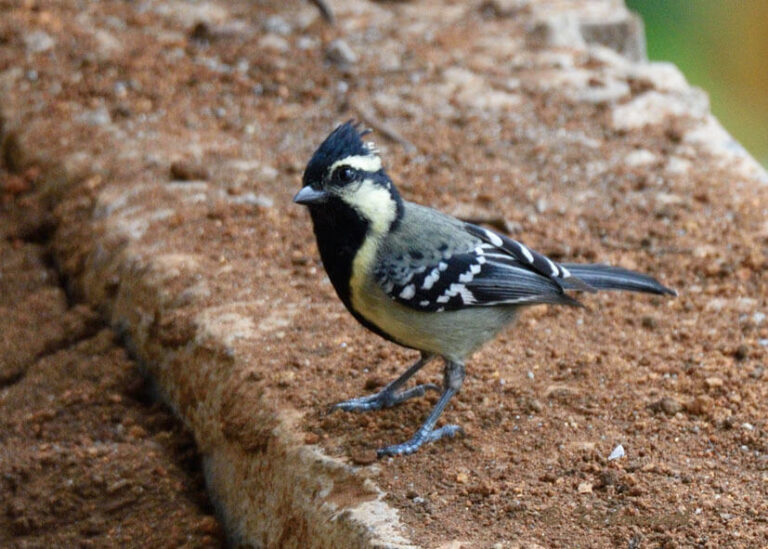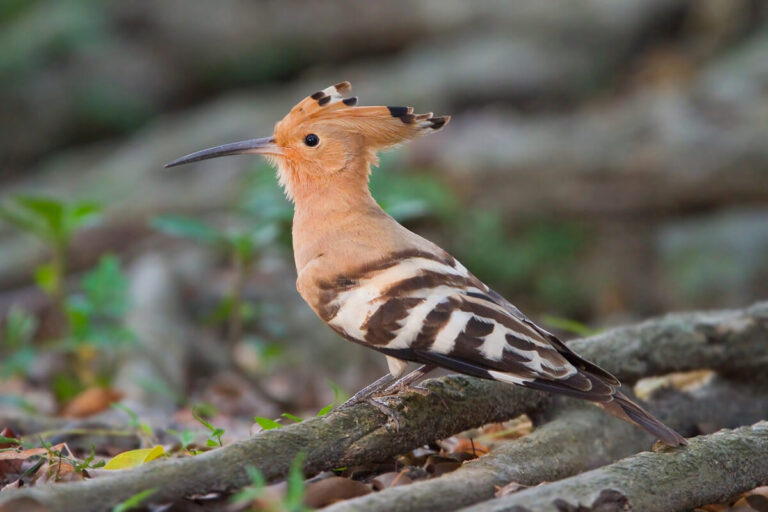The Great Horned Owl: A Comprehensive Guide
The Great Horned Owl (Bubo virginianus) is one of North America’s most iconic birds of prey. Known for its piercing yellow eyes, deep hoots, and striking “horns” (tufts of feathers), this owl has fascinated bird enthusiasts, ecologists, and casual observers for centuries. This guide delves into the scientific classification, physical characteristics, habitat, behavior, diet, reproduction, predators, conservation status, and more about this majestic bird.
Contents
- 1 Scientific Classification
- 2 Physical Characteristics
- 3 Habitat and Distribution
- 4 Behavior and Adaptations
- 5 Diet and Hunting Techniques
- 6 Reproduction and Lifecycle
- 7 Predators and Threats
- 8 Conservation Status
- 9 Interesting Facts About the Great Horned Owl
- 10 Evolutionary History
- 11 Relationship with Humans
Scientific Classification
- Kingdom: Animalia
- Phylum: Chordata
- Class: Aves
- Order: Strigiformes
- Family: Strigidae
- Genus: Bubo
- Species: Bubo virginianus
The Great Horned Owl belongs to the genus Bubo, which includes other large owls like the Eurasian Eagle-Owl. It is closely related to other Strigidae family members, including all “typical owls.”
Physical Characteristics

The Great Horned Owl is a powerful and robust bird, easily recognized by its large size, prominent ear tufts, and vivid yellow eyes. Here are its key physical features:
- Size: 18–25 inches (46–63 cm) in length with a wingspan of 3.3–4.8 feet (1.0–1.5 meters).
- Weight: Typically weighs 2–5.5 lbs (900–2,500 grams).
- Plumage: Brownish-gray feathers with darker barring, providing excellent camouflage in its woodland habitats. The chest is often white with dark streaks.
- Ear Tufts: These tufts are not ears but serve as a display for communication and camouflage.
- Eyes: Large and striking yellow, adapted for excellent night vision.
- Talons and Beak: Equipped with strong talons and a hooked beak, designed to capture and kill prey efficiently.
Habitat and Distribution
The Great Horned Owl is one of the most widespread owls in the Americas. It is highly adaptable and can live in a variety of habitats:
- Range: Found across North and South America, from the Arctic to Patagonia.
- Preferred Habitat: Forests, deserts, wetlands, grasslands, and urban areas. They are incredibly versatile and thrive in densely wooded areas and open fields.
- Nesting Sites: Typically nest in abandoned nests of other large birds, tree hollows, cliff ledges, or even human-made structures like barns.
Behavior and Adaptations
Great Horned Owls are primarily nocturnal, emerging at dusk to hunt. Their behavior and adaptations have made them formidable predators:
- Nocturnal Hunting: These owls are most active at night, relying on their excellent night vision and acute hearing to locate prey in low light.
- Silent Flight: Their feathers are adapted for silent flight, allowing them to swoop down on prey undetected.
- Territorial: They are highly territorial and defend their nesting areas aggressively against intruders, including other owls.
- Vocalizations: The Great Horned Owl’s call is the familiar deep hooting sound, often heard in the evening. Males and females communicate using a series of hoots, growls, and screeches.
Diet and Hunting Techniques
The Great Horned Owl is a carnivorous predator known for its wide and varied diet:
- Primary Diet: Includes small to medium-sized mammals like rabbits, squirrels, rats, and voles. They are also known to eat birds, reptiles, and amphibians.
- Opportunistic Feeders: Great Horned Owls are not picky and will hunt whatever prey is available. They’ve even been observed taking down larger prey, such as skunks and porcupines.
- Hunting Strategy: They are sit-and-wait predators, perching in high vantage points to scan their surroundings before silently gliding down to capture their prey.
Reproduction and Lifecycle
The breeding season for Great Horned Owls typically begins in late winter:
- Mating Ritual: Males perform courtship displays that include hooting, bowing, and offering food to females.
- Nesting: The female usually lays 1–3 eggs in a pre-existing nest. Both parents take turns incubating the eggs, which hatch after 30–37 days.
- Parental Care: The chicks, known as owlets, are cared for by both parents until they fledge at around 6–7 weeks of age.
- Lifespan: In the wild, Great Horned Owls can live up to 13 years, though in captivity, they may live over 25 years.
Predators and Threats
While adult Great Horned Owls are apex predators, they do face some natural threats:
- Natural Predators: Eagles, larger owls, and occasionally, humans. However, most threats come from predation of eggs or young owlets by other birds, mammals, or snakes.
- Human Threats: Significant threats include habitat destruction, vehicle collisions, and rodenticides (poisons used to kill rodents that may affect owls when they consume poisoned prey).
Conservation Status
- IUCN Status: Least Concern
- Population Trends: The population of Great Horned Owls is currently stable, and they are not considered endangered. Their adaptability to various habitats, including urban areas, has allowed them to thrive.
Interesting Facts About the Great Horned Owl
- Nickname: Often called the “tiger of the sky” due to its ferocity and hunting prowess.
- Ears: Their asymmetrical ear placement allows for precise pinpointing of sounds, even in complete darkness.
- Skunk Predation: Unusually for birds, Great Horned Owls have a weak sense of smell, allowing them to prey on skunks.
- Symbolism: In Native American cultures, the Great Horned Owl is often seen as a symbol of wisdom or a guardian of the night.
Evolutionary History
Great Horned Owls belong to a lineage of owls that have existed for millions of years. Fossil records indicate that their ancestors shared similar traits, such as strong talons and nocturnal habits. Over time, they have evolved to be among the top predators in their ecosystems, with their keen senses and silent flight giving them an edge over other nocturnal hunters.
Relationship with Humans
Throughout history, Great Horned Owls have had a complex relationship with humans:
- Folklore: In many cultures, owls are considered omens or symbols of wisdom and mystery. The Great Horned Owl, in particular, has been revered and feared.
- Pest Control: In agricultural areas, they are often seen as beneficial because they help control populations of rodents and other pests.
- Conservation: While they are generally well-adapted to human environments, there is a growing awareness of the need to protect their habitats and ensure that human activities do not harm their populations.
Conclusion
The Great Horned Owl is an extraordinary predator and a vital part of the ecosystems it inhabits. Its ability to adapt to various habitats and its powerful hunting skills make it one of the most successful and widespread owl species in the Americas. As we continue to study and understand these majestic birds, we can ensure their survival for generations. Whether admired from a distance or heard in the night, the Great Horned Owl remains a symbol of the wild, powerful, and mysterious world of nature.
- Golden Retriever Pros and Cons: What Every Pet Parent Should Know - 15 September 2025
- Cane Corso Dog Breed: Health, Care, and Lifespan - 14 September 2025
- Catahoula Leopard Dogs: Description, Temperament, Lifespan, & Facts - 21 July 2025







